#east asian cuisine
Text

Vegan Napa Cabbage Dumplings for Lunar New Year
#vegan#dim sum#Chinese cuisine#east asian cuisine#lunar new year#dumplings#napa cabbage#carrots#mushrooms#green onion#garlic#tofu#coconut aminos#spinach#soy sauce#vinegar#cornstarch#white pepper#sea salt
167 notes
·
View notes
Text
what i was originally calling "gigglesweet" could be more accurately described as "bright colorful unreality/weirdcore/kawaii" although i do still like the name. i think the fact that it's a wider mix of aesthetics helps. there's general 2000's cute girlyness, japanese/east asian (bright colored) cuisine, webcore, and kidcore in there too.

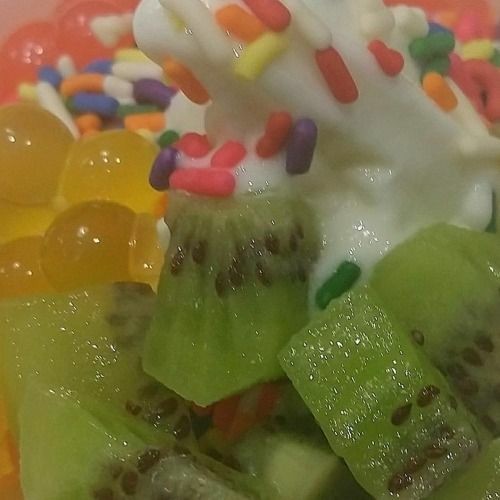


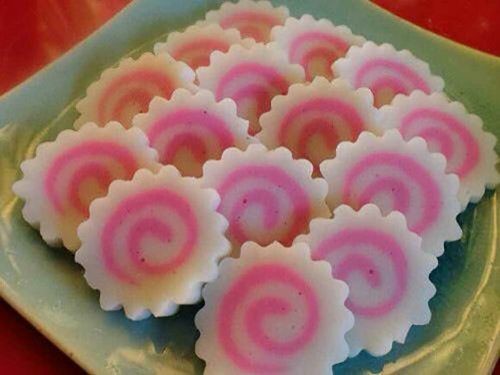




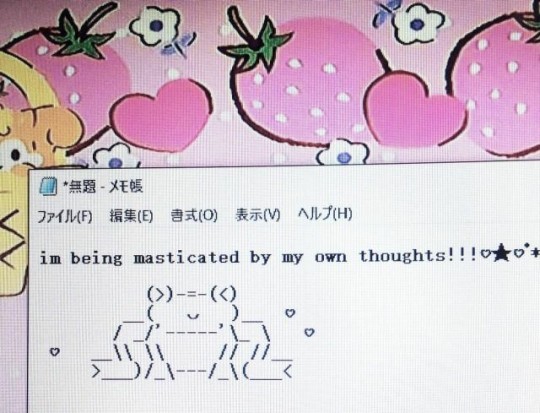
#gigglesweet#bright colorful unreality/weirdcore/kawaii#unreality#weirdcore#kawaii#2000's cute girlyness#japanese cuisine#east asian cuisine#webcore#kidcore
8 notes
·
View notes
Text
I am in the middle of the story quest of sumeru and let me tell you, that it has sparked a great hatred towards paimon.
I never hated her before but by God she's really pissing me off. She is literally acting like a stuck up rasict tourists whose diet solely consists of red meats.
She's calling the foods I grew up with disgusting when this gal pal literally ate slime very happily. The coconut cake looks burnt and gross, and she's complaining that the food at the festival is all vegetarian.
At this point I hope she starves, my heart broke when I heard her calling my native dishes gross and disgusting.
#paimon#genshin#issues#east asian cuisine#genshin impact#paimon is hurting me#im mad as hell#pls tell me she gets better and guves some a try#she didn't even try it
7 notes
·
View notes
Text
Look what Google just recommended to me!!!!
I already own (and love) Shabbat and Portico.
But I am OBSESSED with the rest and must acquire them immediately.
Top of my list is Love Japan because LOOK AT THIS BEAUITFUL BOWL OF MATZO BALL RAMEN!!!!!
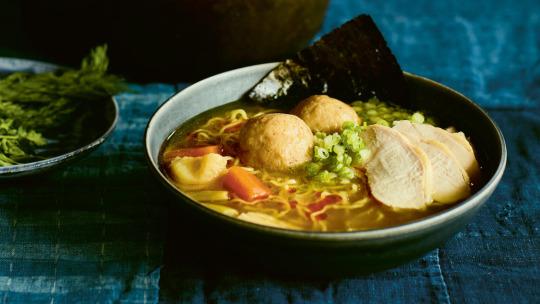
We hear a lot about Jewish people in Europe and MENA, but we do not hear a lot about Jewish culture as it blends with East Asian cultures, and that’s a shame. Not just because it erases the centuries of Jewish populations there, but also because there are plenty of people of mixed decent. People who may not have come directly from Jewish communities in East Asia, but people who have a Japanese Father and a Jewish Mother, for example. Or people in intercultural marriages. These are all real and valuable members of the Jewish community, and we should be celebrating them more. This cookbook focuses on Jewish Japanese American cuisine and I am delighted to learn more as soon as possible. The people who wrote this book run the restaurant Shalom Japan, which is the most adorable name I’ve ever heard. Everything about this book excites and delights me.
And of course, after that, I’m most interested in “Kugels and Collards” (as if you had any doubts about that after the #kugel discourse, if you were following me then).

This is actually written in conjunction with an organization of the same name devoted to preserving the food and culture of Jews in South Carolina!
I’m especially excited to read this one, because I have recently acquired the book Kosher Soul by the fantastic, inimitable Michael J. Twitty, which famously explores faith and food in African American Jewish culture. I’m excited to see how Jewish soul food and traditions in South Carolina specifically compare and contrast with Twitty’s writings.
I’m also excited for all the other books on this list!
A while ago, someone inboxed me privately to ask what I recommended for people to read in order to learn more about Jewish culture. I wrote out a long list of historical resources attempting to cover all the intricate details and historic pressure points that molded Jewish culture into what it is today. After a while I wrote back a second message that was much shorter. I said:
Actually, no. Scratch everything I just said. Read that other stuff if you want to know Jewish history.
But if you want to know Jewish culture? Cookbooks.
Read every Jewish cookbook you can find.
Even if you don’t cook, Jewish cookbooks contain our culture in a tangible form. They often explain not only the physical processes by which we make our meals, but also the culture and conditions that give rise to them. The food is often linked to specific times and places and events in diaspora. Or they explain the biblical root or the meaning behind the holidays associated with a given food.
I cannot speak for all Jews. No one can. But in my personal observation and experience—outside of actual religious tradition—food has often been the primary means of passing Jewish culture and history from generation to generation.
It is a way to commune with our ancestors. I made a recipe for chicken soup or stuffed cabbage and I know that my great grandmother and her own mother in their little Hungarian shtetl. I’ll never know the relatives of theirs who died in the Holocaust and I’ll never meet the cousins I should have had if they were allowed to live. But I can make the same food and know that their mother also made it for them. I have dishes I make that connect me to my lost ancestors in France and Mongolia and Russia and Latvia and Lithuania and, yes, Israel—where my relatives have lived continuously since the Roman occupation even after the expulsions. (They were Levites and Cohens and caretakers of synagogues and tradition and we have a pretty detailed family tree of their presence going back quite a long time. No idea how they managed to stay/hide for so long. That info is lost to history.)
I think there’s a strong tendency—aided by modern recipe bloggers—to view anything besides the actual recipe and procedures as fluff. There is an urge for many people to press “jump to recipe” and just start cooking. And I get that. We are all busy and when we want to make dinner we just want to make dinner.
But if your goal isn’t just to make dinner. If your goal is to actually develop an understanding of and empathy for Jewish people and our culture, then that’s my advice:
Read cookbooks.
#Judaism son#Jewish culture#Jewish cuisine#culinary tradition#culinary history#foodways#cultural preservation#tangible culture#jumblr#Judaism#food#cuisine#kugel discourse#Jewish joy#jewish positivity#Jews around the world#East Asian Jews
148 notes
·
View notes
Text
I usually order from this one generic "pan-East Asian late night takeaway" restaurant because they provide the option to select shellfish allergy and control so well for cross-contamination that I've never had an allergic reaction. However the website presents the option as "Shellfish ALLERGY" which makes me read it like "Donatella VERSACE 💜" every single time. Shellfish ALLERGY 💜
#The curse of loving East Asian cuisines and being crazy allergic to shrimp#Once I had to go to the hospital because my fried rice was fried in the same wok as a previous order#Which was fried with shrimp
21 notes
·
View notes
Text
i need people to understand something being flavorful does not equate to it being spicy. you can spicy food that is otherwise very bland. you cannot use chili peppers to cover up a lack of balance or depth in a dish. a fuck ton of chili peppers will not disguise the fact you didn't use enough salt.
#ppl are still yelling at me about japanese food being bland 'compared to other east asian cuisines'#im sorry but no. wrong#the flavor profile is extremely similar to many korean and chinese dishes#you all just think everyone except japan is spicy food only#which is a really weird thing to believe#like seriously. eat chinese steamed fish. japchae.#for fucks sake even japan has spicy ramen get real#what i will say is indian food is way more flavorful lol but thats NOT EAST ASIAN#south asian food is another level. still trying to figure out the intricacies and nuances#it takes time. but#you guys cant even tell what is good spicy chinese food or not
11 notes
·
View notes
Photo

Carinderia
The term "carinderia" is believed to have originated from the Tagalog word "kari", borrowed from the Indian word "curry". The dish was adopted by Filipinos either from trades, regions or from Indian immigrants, and thus "karihan" or "kariyan" was used to describe a place where food, particularly the Filipino dish "kare-kare," was served. By observation, the hispanicization to some Tagalog words, where most store names in Spanish are formed from the name of the main product they sell and putting the ending '-ería' (e.g. panadería, frutería, perfumería). As a result, the word "carinderia / karinderya" was coined and used up to the present day.
The month of April has a lot to celebrate and raise awareness such as Earth Month, Filipino Literature Month, and Filipino Food Month, reminding us to savor our culture and be mindful of nature.
#Filipino Food Month#Filipino Food#Filipino Cuisine#South East Asian#Manila#philippines#carinderia#Earth Month#Illustration#art#Manila Girls#Philiipines#visdev#visual development#Filipino Literatiure Month
40 notes
·
View notes
Text
#china#asian culture#chinese food#chinese fashion#panda#travel#vacation#east asia#asian cuisine#asian architecture#chinese tea#chinese poetry#chinese culture
4 notes
·
View notes
Text
it really did take a fae court romance series written by an Indian woman to have all the mentioned cuisine be Indian foods for me to realize ive never actually read a fantasy setting with the kinds of food i eat and never questioned it
like why is it that the furthest ive ever strayed from ye olde white fantasy foods is that one time i let a player in a d&d game invent pizza in the feywild. why is that. literally i dont even represent the foods i eat in the settings i create
#like its all food im familiar with obviously bc im white so i know About Ye Olde White Cuisine#but i dont. eat much of it.#i dont like potatoes much and i dont like beef or pork much#or sandwiches#and i cant eat bread#and i dont really care for mediterranean flavorings#and i avoid mushrooms and cant eat eggs#so i just#largely dont eat anything you find in your standard white fantasy setting#i eat a lot of east and south asian foods tbh#so i got absurdly excited to realize a feast scene was talking about curry#and to recognize samosas even if i didnt remember the name#idk why i never questioned it like#it was just another layer of fantasy to me i guess#also to put a clearer disclaimer on this post#I Am White#my tastes just line up really well with a lot of asian flavor profiles#being nonspecific bc it really isnt specific i take a lot of inspiration from japanese indian and thai foods but i dont exactly limit myself#yelling at the void
1 note
·
View note
Text

Baked Vegan Chinese Scallion Bread
#vegan#appetizer#Chinese cuisine#East Asian cuisine#bread#diy#scallion bread#bread flour#yeast#green onion#chinese 5 spice#sesame seeds#plant milk#coconut sugar#sesame oil#sea salt
57 notes
·
View notes
Text
today at lunch we each were ranking our personal five different foreign cuisines (east asian, indian, mexican, italian, and usamerican), my dad ranked italian the lowest and my sister and i both said in unison: ITALIAN????? in the most shocked and lamenting voice ever. how dare he.
#the worst thing is. he cooks pasta every week#like ?????#anyways my ranking was 1.east asian 2.italian 3.usamerican 4.mexican 5.indian#i have some asteriscs about them tho#i've barely eaten indian food (i think i've been to an indian restaurant or have indian food delivered home 3 times in total)#so that's why it's the last. i just don't have a very big sample#and i wasn't gonna put usamerican food that high cause i'm very indifferent towards hotdogs and burgers#but ribs. yeah that third position is solely because of the ribs#i have no excuse for the mexican one sorry i'm just not really into it.#if i had to pick one latin american cuisine it has to be argentina#i would kill for an empanada
4 notes
·
View notes
Text
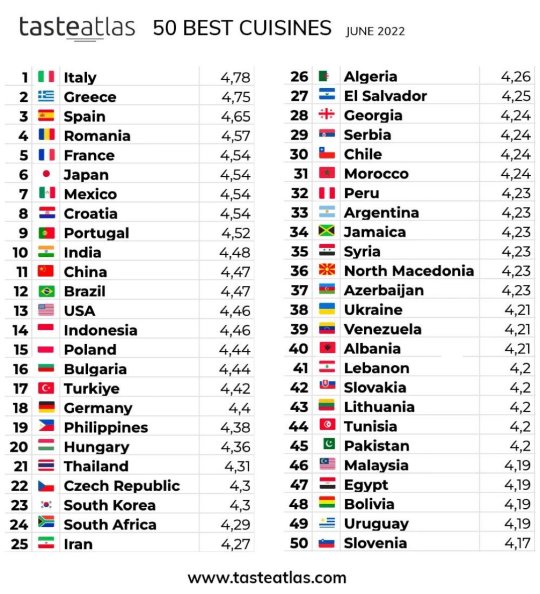
what the fuck is usamerican cuisine....
#latam middle eastern and (south) east asian cuisines high-key underappreciated as always#german cuisine is horrendous btw#where are west african cuisines????#just absolute bullshit yknow
5 notes
·
View notes
Text
Do yall ever feel embarrassed by your motor skill dysfunction (Idk if I remember the right name) when you have to do something different than others
#chopsticks#i have to hold them weird#they both have to move#i failed you east asian cuisine#my poor noodles#i failed agent oso too....#i watched that episode soany times#it makes my knuckles hurt
0 notes
Text
Restaurant Review – Beijing Banquet (Kilmarnock)
This review is from a meal we had at Beijing Banquet on Tuesday 1st November 2022. As Beijing Banquet is a buffet style restaurant, this review will be a little different, as rather than ordering a specific thing from the menu, like with all my previous Restaurant reviews, I’ll just be talking about the abundance of different food on offer. Enjoy!
Main –
Chicken Maryland
So this is one of my personal favourites, and has been since I was a kid. I grew up in North Ayrshire and one of my favourite places to order from was Lucky City, a Cantonese takeaway in Kilwinning. I don’t know if it’s just nostalgia or if they really do just make it better than anywhere else but I always measure any other Chicken Maryland to the one from Lucky City. Beijing Banquet’s offering was perhaps the closest I’ve ever tried. It was perfect, well breaded and served in bite sized chunks. It was moist and well cooked chicken, and overall it tasted great.
click here to read more

0 notes
Text
thank god i cooked i was gonna kill myself if i had to eat american food for a single more day
#gonna need to eat bengali food for the next month to recover#and east asian caribbean southeast asian cuisine#the month after 😁#🧃
1 note
·
View note
Note
Thoughts on Tulpas?
Really interesting concept, magically speaking.
Ever heard of French tacos? They're heavily inspired by north African cuisine, but for some damn reason, they're called tacos. They are not tacos. A taco is a single, small, corn tortilla, cooked directly on a grill, often topped with meat, specific sorts of melty Mexican cheese, raw or pickled onions, cilantro, salsa, lime juice, etc. They are small dishes, street food, where you are supposed to order two or three.
Whereas a French Taco is closer to a shwarma wrap made wih tortillas and cooked in a panini press. They are large, filling, affairs, stuffed with two types of meat, rich-as-fuck French cheeses, sauteed or grilled vegetables, and rich-as-fuck French sauces (including an east-asian inspired sesame based sauce called "samurai sauce").
They're damn good, but they are certainly not tacos.
Basically, in 1905, a theosophist named Annie Besant traveled to Tibet and studied with Vajrayana monks. She came back to the West talking about "Sprul-pa" and "nirmanakaya" and "emanation bodies" all of which are fascinating theological concepts, but concepts that don't really work outside of specific branches of esoteric Buddhist theology. So, the idea of the "Tulpa" was interpreted through a specifically western esoteric lense, to fit theosophist western esoteric metaphysics.
They're damn cool, but they're certainly not an authentic Tibetan Buddhist concept. But that's okay. Mexican tacos are dope. French tacos are dope. Just don't mistake French tacos for Mexican tacos, and for the love of God don't consider French tacos to be "Authentic Mexican cuisine."
1K notes
·
View notes